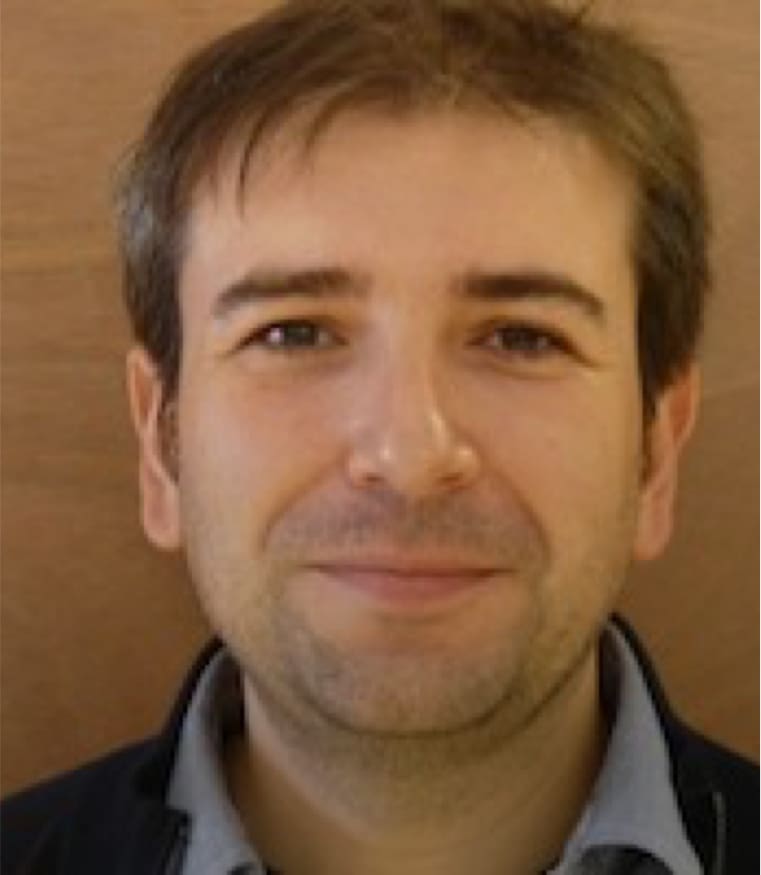Mechanisms of photoredox catalysts: the role of optical spectroscopy
Photoinduced organic transformations have stimulated the organic chemistry community to develop light-driven renewed reaction methodologies, which in many cases are complementary to standard thermal catalysis. This revitalization of photoinduced transformations is in part due to the straightforward access to powerful photosensitizers. Among them, Ru(II) and Ir(III) polypyridyl complexes have been extensively utilized as prototypical photoredox catalysts. Despite the flourishing of new organic reactivity, studies of photocatalytic cycles are still scarce. The current mechanistic proposal mostly relies on luminescence quenching studies, redox potentials, and bond-dissociation energy values, which provide an essential but partial picture of the catalytic processes. Besides, the quantum efficiency and overall energy efficiency of photoredox organic transformations are not usually considered merit yet. On the other hand, during the last few decades, the photochemistry community has studied the energy and electron transfer mechanism of transition metal complexes from the ground and the excited state extensively, with a partial address of the catalytic photoredox cycles probably due to their complexity. Those studies are needed to develop new photoredox organic transformations further and make them more sustainable and energy-efficient. In this review, we outline an overview of selected basic concepts of photophysics and photochemistry encountered in the photocatalytic cycles. Selected examples are detailed to illustrate how steady-state and time-resolved optical spectroscopy can be employed to elucidate catalytic intermediates and photocatalytic mechanisms. As such, this review aims to motivate mechanistic studies on photoredox catalysis and serves as a guide to perform them to develop more sustainable and energy-efficient chemical transformations.

Kandoth, N.; Pérez Hernández, J.; Palomares, E.; Lloret-Fillol, J.
Sustain. Energy Fuels 2021, 5, 638-665
DOI:
10.1039/D0SE01454K

Let's create a brighter future
Join our team to work with renowned researchers, tackle groundbreaking
projects and contribute to meaningful scientific advancements





















